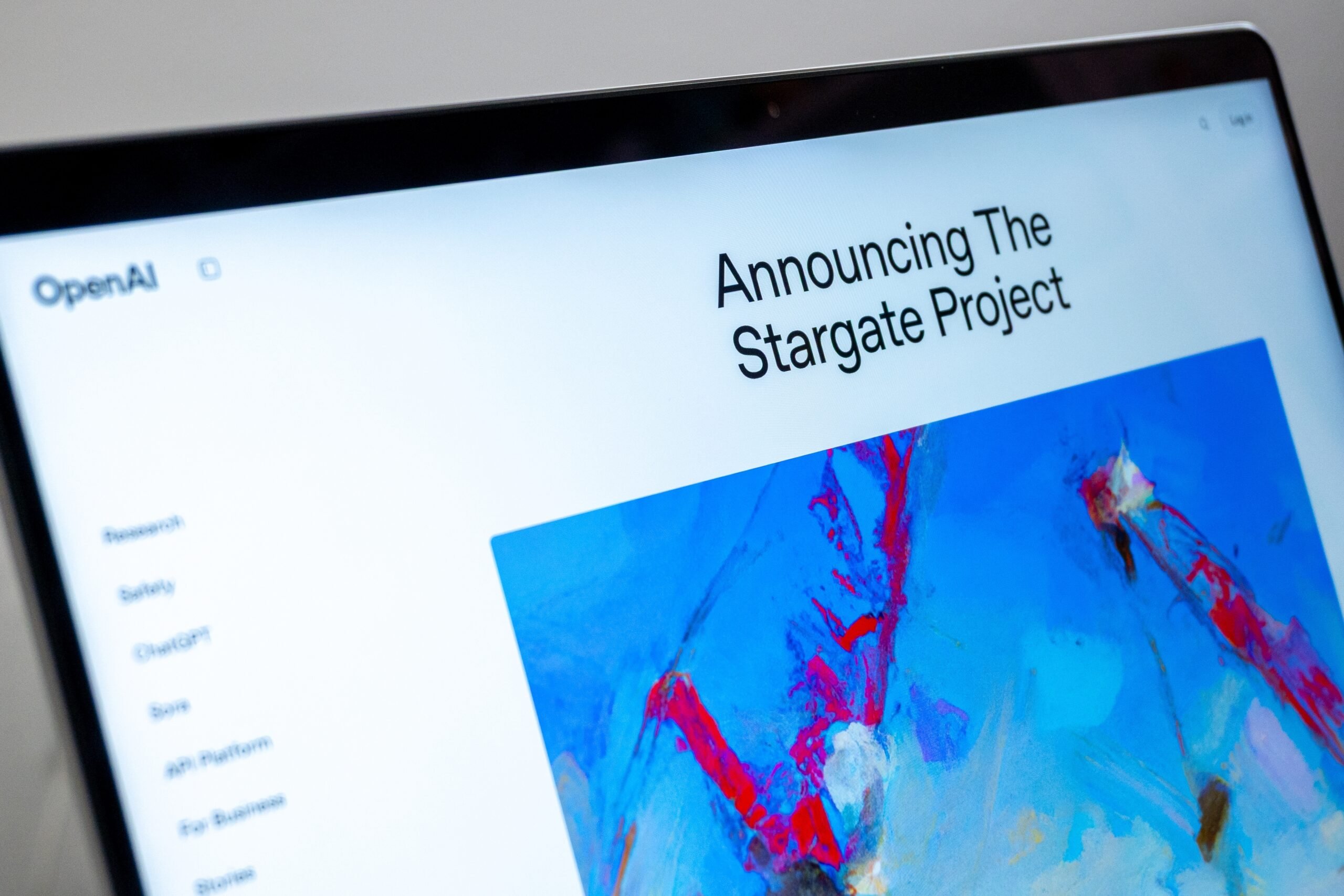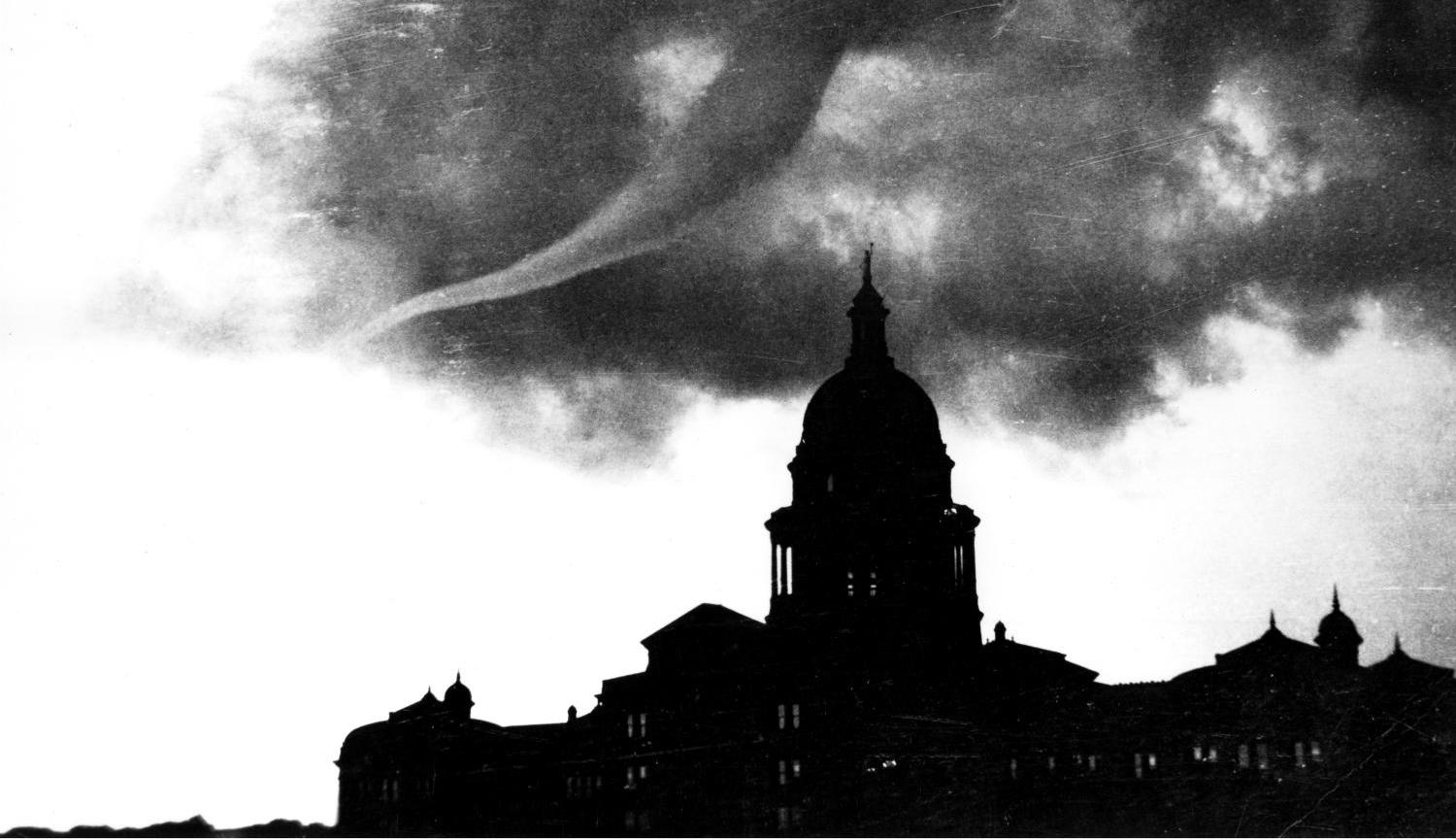ustxtxb_obs_1994_11_11_50_00008-00000_000.pdf
Page 17
SLAW agreed to turn over a copy of its “enhanced” version for inspection to allow Justice to determine what additional monies were owed the company. Justice determined that it owned all of the PROMIS program and payments to the company were cut back and eventually suspended. INSLAW, faced with the prospect of not getting paid and losing the multi-million dollar contract, filed for bankruptcy court protection on February 7, 1985. The company claimed that DOJ not only stole the INSLAW software but had made a concerted effort to force INSLAW into bankruptcy. After several weeks of hearings and hours of testimony, bankruptcy judge George Bason ruled that Thstice, through “Trickery, Fraud and Deceit,” had stolen INSLAW’s version of PROMIS. In an exhaustive ruling he systematically discredited every Justice witness, and found, as stated in his ruling, that Justice testimony was not only unreliable but unbelievable. Bason, who has published widely on bankruptcy and is considered an expert in his field, issued his ruling on January 25, 1988. He was told within a few days thereafter that his appointment to the bankruptcy court would not be renewed by the U.S. Circuit Court of Appeals for the District of Columbia. After the Bush Justice Department announced that Bason would not be reappointed, Kevin Reynolds, a lawyer who had served as an aide to Connecticut Senator Christopher Dodd, spoke to about 20 bankruptcy lawyers and later said that everyone suspected that Bason was removed because of his INSLAW ruling. Bason was replaced by an IRS attorney who had represented the government in a case against INSLAW. Bason ordered Justice to pay INSLAW $6.2 million in damages. His ruling was upheld by a federal district court. But the Washington, D.C. appeals court dismissed INSLAW’s case against the Department of Justice and vacated Bason’s ruling on the grounds that the case had been heard in the wrong court. The Supreme Court refused to review the appellate ruling. \(And in the interim, INSLAW’s time to file suit lapsed. The Rose bill was introduced to set aside the appellate ruling by, in effect, rolling When Justice refused to pay the damages ordered by Bason, INSLAW turned to Senator Sam Nunn, chairman of the Governmental Affairs subcommittee on investigations, who ordered his staff to look into the matter. The staff reported on September 29, 1989, that it could find no evidence of a conspiracy to defraud INSLAW. However, the staff did report that, “The absence of a broad conspiracy within the Department does not absolve the Department of the serious implications of the Bankruptcy Court’s findings or of this Staff Study. The staff finds that the Department exercised poor judgement in ignoring the potential for a conflict of interest in its hiring of the PROMIS Project Director, and then, after receiving allegations of a bias on his part, in failing to follow standard procedures to investigate them in a timely manner. “The staff study is also critical of the Department for its lack of cooperation with the Subcommittee in this investigation. In the Staff’s view, the Department’s intransigence on certain issues resulted in substantial delays and seriously undercut the Subcommittee’s ability to interview in an open, candid and timely manner, all those Department employees who may have had knowledge of the INSLAW matter.” The report also called into question, as did Bason, the truthfulness of several Justice witnesses. Justice remained steadfast in its position that nothing .wrong had happened. INSLAW remained equally resolved that they had been wronged and turned to the House Judiciary Committee. Bua, meanwhile, found Bason’s ruling faulty. In his report, Bua suggested that since he was a retired Federal District Judge and Bason only a Bankruptcy Judge, Bua’s own findings would be more correct. Bua then proceeded to find that Bason was in error, a finding that contradicted what fellow District Judge William B. Bryant had ruled. Bryant not only read the entire transcript, as did Bua, but also listened to tapes of the actual bankruptcy hearing. Barr never actually accepted Bua’s fmding, preferring to defer to whoever the new President would appoint to the attorney general’s post. Barr himself landed a job with a prominent Washington law firm and Reno accepted Bua’s findings. S THE HOUSE investigation was winding down and Bua was gearing up, other allegations had surfaced, not the least of which was that Dr. Earl W. Brian was linked with the alleged PROMIS theft. INSLAW alleged that Justice turned PROMIS over to Brian, a long-time Reagan friend and former California Secretary of Health, for private sale by his company, Hadron. Brian had faced similar charges in California when he acquired 300 reels of the state’s computerized welfare records through a contract arrangement signed during the waning hours of the Reagan governorship. Robert L. Gnaizda, interim heath director to then-Governor-elect Jerry Brown, discovered during a 1975 audit of the Health Department that the tapes were missing. The tapes, he found, had been contracted out to Brian at the University of Southern California. Brian decried the audit, saying, “The entire matter is a blatant political ploy intended to obfuscate the abortive Gestapo raid ordered by the health director.” The tapes eventually were returned to the state. Meese and Brian worked closely during the Reagan California years. An investigation of Meese by an independent counsel during the early years of the Reagan Presidency found questionable business dealing between Meese, Brian and a member of Meese’s staff Who reportedly acted as a conduit for loans from Brian to Meese and his wife. Brooks’ committee report called for additional investigation of Brian, his company Hadron and its relationship with the Department of Justice. Bua saw things differently and his report cleared Brian. Reno’s report also cleared Brian of any involvement in the INSLAW affair. \(Brian also was the subject of a June 28, 1993, Securities and Exchange Commission report that alleges he inflated profit reports on his Financial News Network, ran an elaborate leaseback project which in essence amounted to FNN paying itself for use of its own equiprrient and “attempted to conceal the fraudulent equipment sale/leaseback transactions from auditors…” While the Brooks and Bua reports circulated, allegations were evolving that the PROMIS theft was only a part of a larger picture that included the software’s use by foreign governments such as Israel, which reportedly used the program to track troublesome Palestinians, and U.S. intelligence agencies such as the CIA and the National known as “no such agency” because of its super secret nature. It had also previously been alleged that Oliver North had a computer link to PROMIS while, as a national security aide in the Reagan White House, he directed a program that tracked dissidents and potential troublemakers in the United States in an emergency preparedness program commissioned by Reagan’ s Federal Emergency gram was so sensitive that when Brooks asked a question about it during the IranContra hearings the committee immediately went into a closed secret executive conference. By using PROMIS, North could have drawn up lists of anyone ever arrested for political protest or who had ever refused to pay taxes or otherwise come under government review. Although the Canadian government denies having PROMIS, court documents include two letters Canadian government officials wrote to INSLAW, requesting detailed user manuals. \(INSLAW officials wondered about the request as they had never sold PROMIS to the government of When Congressman Brooks’ investigators came calling, the CIA also denied hav 8 NOVEMBER 11, 1994 ._^W WON, 5?01,WW14.:,7r ,


